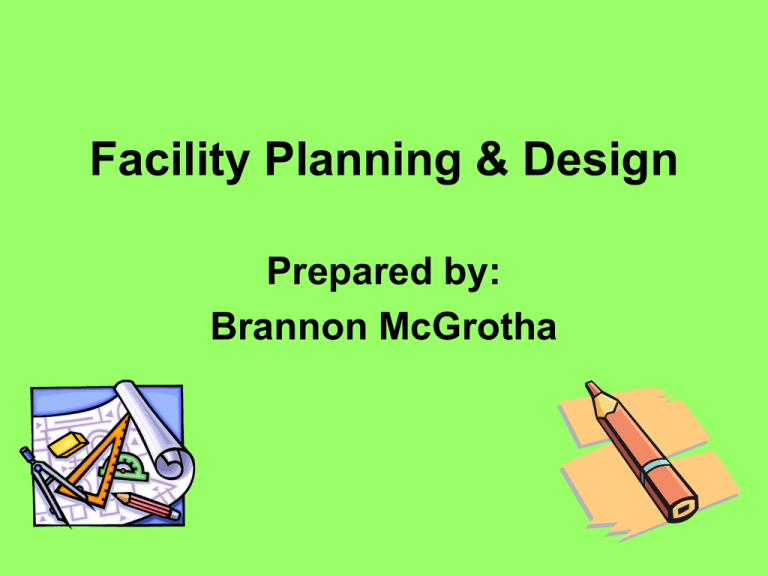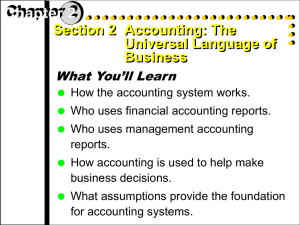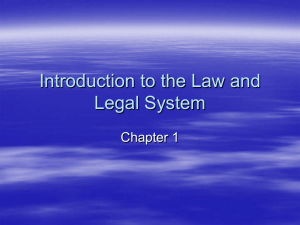Facility Planning & Design
advertisement

Facility Planning & Design Prepared by: Brannon McGrotha Introduction Facilities planning 1. Strategy 2. Competition (bring in customer) Significance • U.S. invested $1.038 trillion (320.8 billion, 92.7%, spent of structures) • Since 1955, 8% of GNP ISE482 2 Introduction (con’t) Continuous improvement cycle School Improvement Cycle ISE482 3 Introduction (con’t) Objectives of facilities planning • Improve customer satisfaction • Increase ROA, ROI • Max customer response speed • Employee safety • Job satisfaction • Reduce costs • Grow supply chain • Effectively util. people, equip., space, energy ISE482 4 Introduction (con’t) Facilities planning process (6 steps) 1. 2. 3. 4. 5. 6. Define the problem Analyze the problem Determine space requirements Evaluate alternatives Select design Implement design ISE482 5 Product & Process Design Product Design (assembly drawing) ISE482 6 Product & Process Design Product Design (part drawing) ISE482 7 Product & Process Design Process Design (parts list) ISE482 8 Product & Process Design Process Design (bill of materials) ISE482 9 Flow, Space, Activity Flow – depends on lot sizes, unit load sizes, space, activity relationships Space – function of the lots, storage system, production equipment and size, layout, building configuration Relationships – material flow, personnel flow, environmental considerations, org. structure, control issues, process requirements ISE482 10 Flow, Space, Activity • Department planning • Volume-variety layout ISE482 11 Flow, Space, Activity • Material flow 1. Product planning 2. Fixed materials location planning 3. Product family planning 4. Process planning ISE482 12 Flow, Space, Activity • Cellular manufacturing • Space requirements • Flow patterns • Product department • Process department • Line balancing ISE482 13 Flow, Space, Activity ISE482 14 Material Handling ISE482 15 Material Handling Definition - Art and science of moving, storing, protecting, controlling material - Moving the right amount of material, in the right condition, place, position, sequence, cost, methods Scope • • • • 25% of employees 55% of factory space 87% production time 15% - 70% total cost ISE482 16 Warehouse Operations • Layout planning • Receiving • Shipping ISE482 17 Capacity Planning • Measures • Capacity • Arrival time • Service time • Utilization = (Arrival rate / Service rate) • Queuing theory (http://www.csee.umbc.edu/~plusquel/611/slides /chap6_3.html) ISE482 18 Thank You Questions Comments











